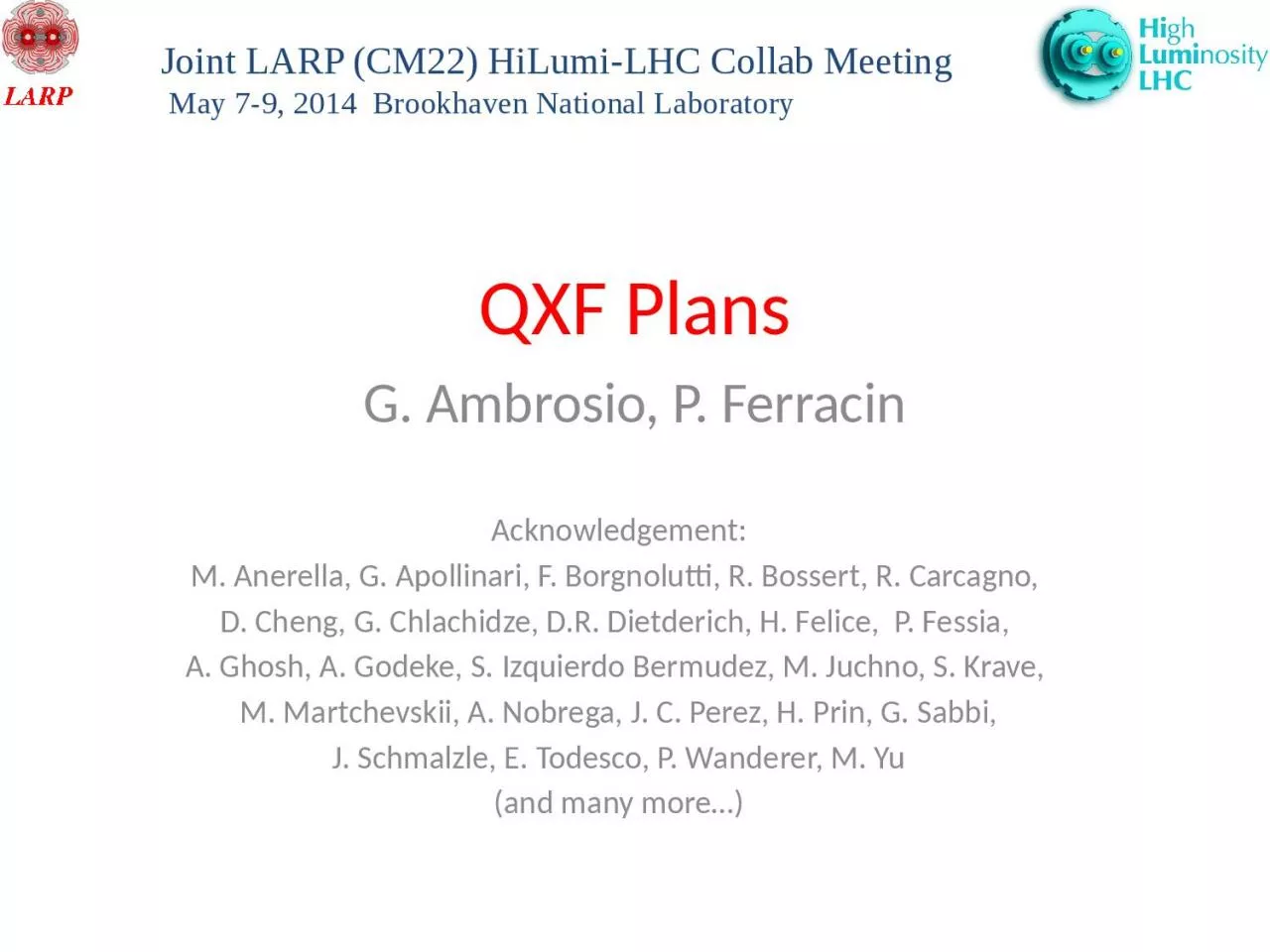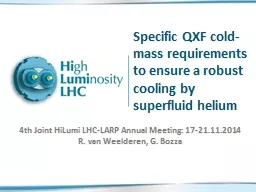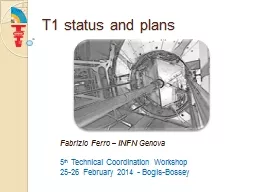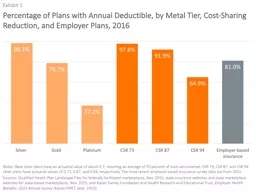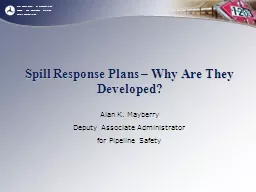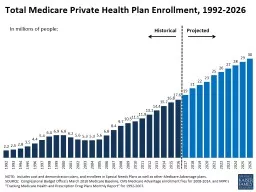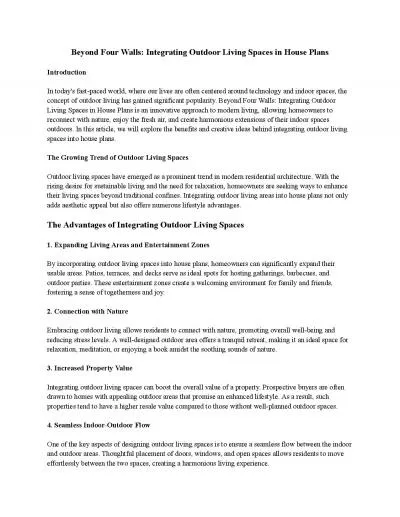PPT-QXF Plans G. Ambrosio, P. Ferracin
Author : desha | Published Date : 2023-11-12
Joint LARP CM22 HiLumiLHC Collab Meeting May 79 2014 Brookhaven National Laboratory Acknowledgement M Anerella G Apollinari F Borgnolutti R Bossert R Carcagno
Presentation Embed Code
Download Presentation
Download Presentation The PPT/PDF document "QXF Plans G. Ambrosio, P. Ferracin" is the property of its rightful owner. Permission is granted to download and print the materials on this website for personal, non-commercial use only, and to display it on your personal computer provided you do not modify the materials and that you retain all copyright notices contained in the materials. By downloading content from our website, you accept the terms of this agreement.
QXF Plans G. Ambrosio, P. Ferracin: Transcript
Download Rules Of Document
"QXF Plans G. Ambrosio, P. Ferracin"The content belongs to its owner. You may download and print it for personal use, without modification, and keep all copyright notices. By downloading, you agree to these terms.
Related Documents

